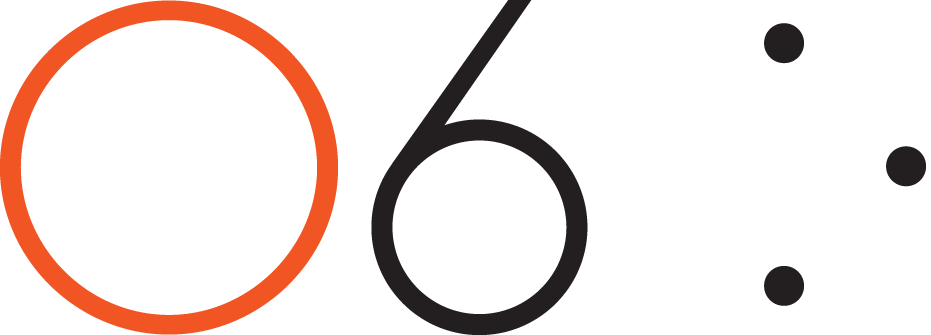I’m 30 minutes in to my daily train commute and have scrolled mindlessly through my newsfeed, landing on an oddly engrossing news article about a vegan dieting trend springing up in New York. I’m not even vegan, just bored. The train stops and I look up to check if it’s my stop. As I free my eyes, I notice someone stepping out — an old college friend I haven’t seen in years. “Joe!” I yell across the aisle, “How have you been?” He gives me a smile and waves from the platform as the doors close behind him. How had I not noticed him until now? That certainly would have made for a more interesting train ride…
It’s 2016 and humans have never been more connected. We’re just beginning to understand the profound impact this reliance on technology has on our personal lives. If we don’t keep up with the news and viral videos, we can’t stay relevant in conversations. Our companies expect round the clock email responses — urgent messages can mean the difference between a deal going through or going sour. And our loved ones rely on the ability to reach us at all times. But we stay up to speed at the cost of missing the world around us, our necks bent downward, eyes staring blindly at our devices. We can’t even focus on driving without sneaking a peek whenever we hear a text come in.
Why can’t we remain plugged in, yet still look up to see the world around us? Avoid missing a text, without bumping into someone on the street? Is there a way to knock out those last unread work emails while still getting to dinner on time? It’s a catch 22 that the consumer electronics industry has failed to address, and the problem lies at the core of the device design: they are 100% visual.
We have five senses that we rely on for everything. Why have we settled for solely visually guided interactions when it comes to our devices? Our phones and our tablets neglect our human capacity to respond to information through a much broader sensorimotor range, and limit our ability to multi-task without completely losing the world around us.
It seems the industry knows we’re hooked and willing to walk through life missing beat after beat. As applications and social platforms develop, devices remain unchanged. Time and again they disappoint, failing to reinvent the construct for technological connection despite the clear need. It’s time for a new paradigm that allows us to catch up on those irrelevant (albeit interesting) articles to pass the time, without missing the world and its connections around us. And this new tool must be as revolutionary as the first digital assistant once seemed.
I’ll check Joe’s Instagram later and learn about his latest trip to Italy. But I won’t get to hear about the laughter he shared with his wife over olives and table red, or how their rental broke down and created an unexpected afternoon with a helpful local family. I’ll simply go back to looking at my phone — because, for now, that is the only option I have.
At O6 it is our mission to free your eyes and allow you to see the world around you, while still remaining connected.
Interested in learning more? Sign up at www.o6app.com.

